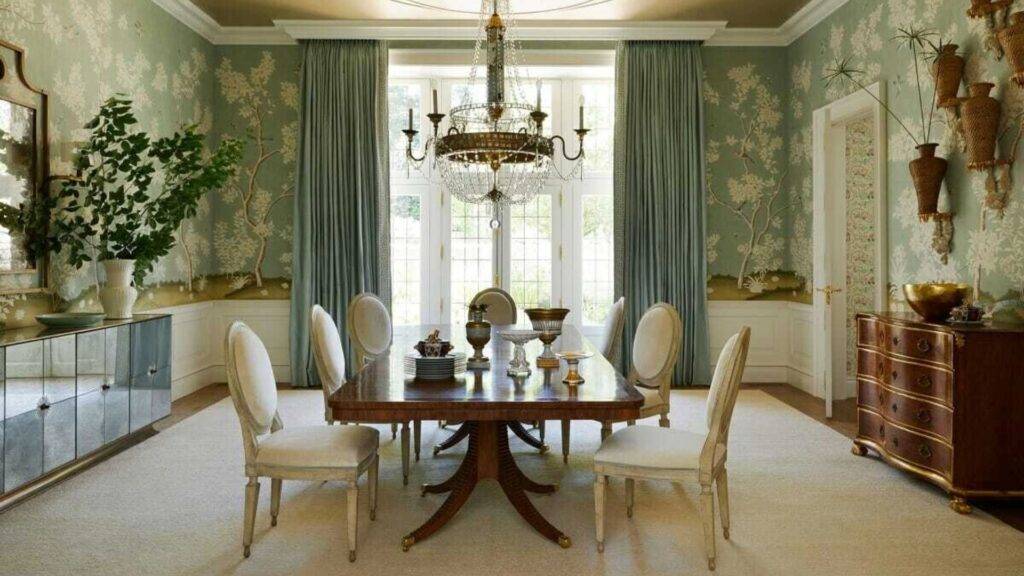Introduction:
European Romanticism, flourishing from the late 18th to the mid-19th century, was more than an artistic movement—it was a celebration of emotion, nature, and individualism. This ethos permeated various art forms, including literature, music, and notably, interior design. Romantic interiors evoke a sense of nostalgia, warmth, and personal expression, blending classical elegance with a softer, more intimate atmosphere.
Key Elements of Romanticism in Interior Design:
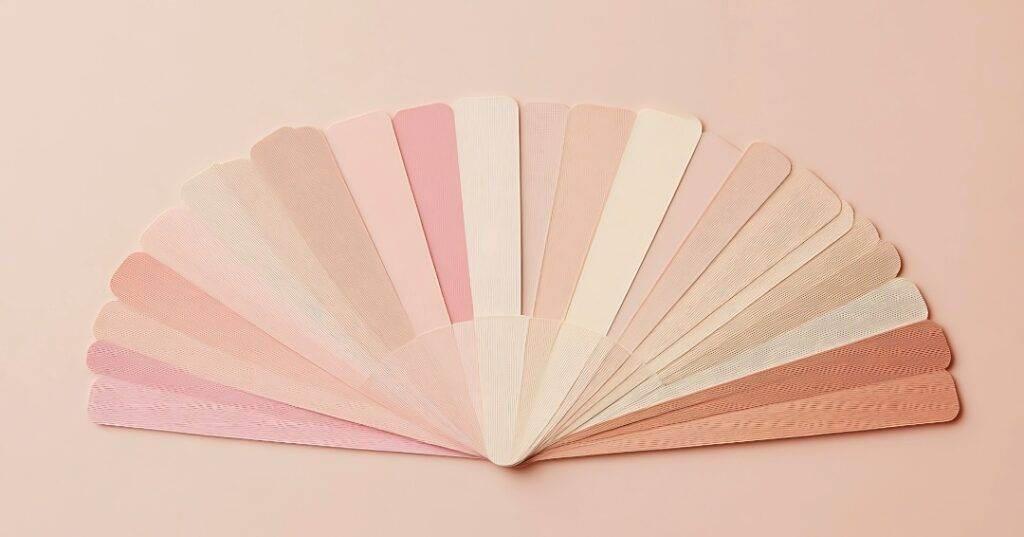
1. Soft Color Palettes:
Romantic interiors often feature muted tones such as pale pinks, soft blues, creams, and lavenders. These colors create a serene and inviting environment, allowing for subtle contrasts and a harmonious flow throughout the space.
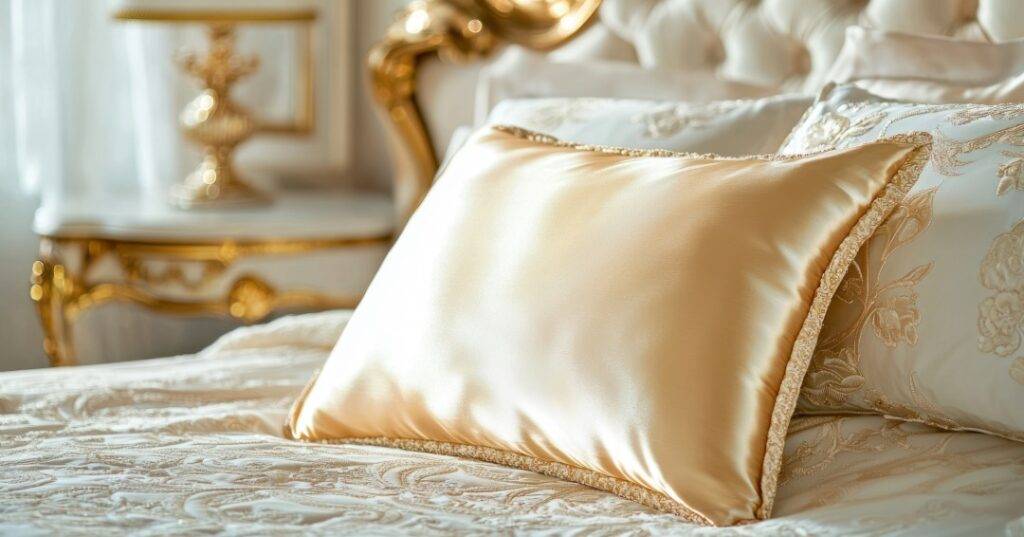
2. Luxurious Fabrics and Textures:
The use of plush materials like velvet, silk, lace, and brocade adds depth and opulence to interiors. These fabrics are commonly found in upholstery, draperies, and bedding, contributing to a tactile richness that invites relaxation and comfort.
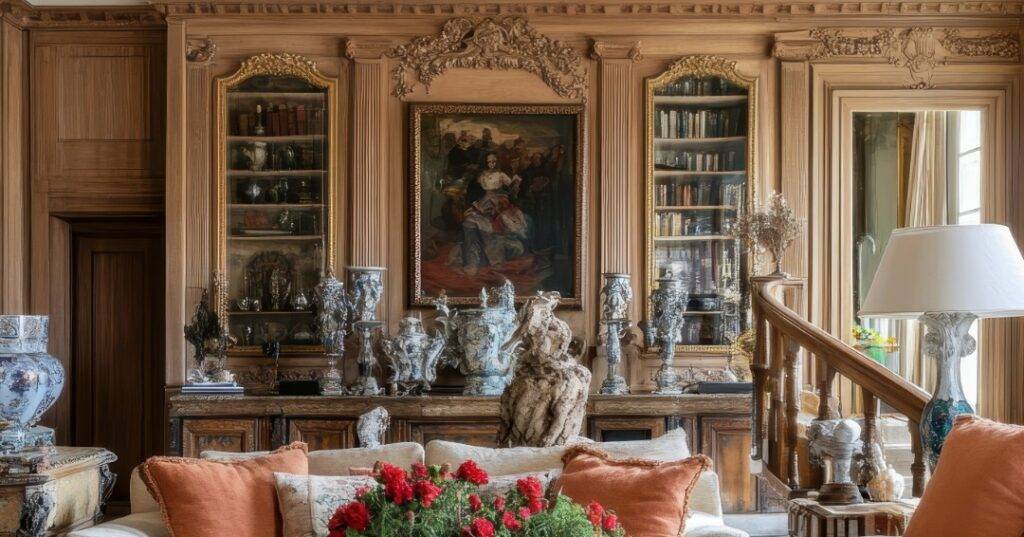
3. Antique and Ornate Furnishings:
Furniture pieces from the Romantic era often showcase intricate carvings, curved lines, and rich wood tones. Incorporating vintage or reproduction pieces, such as canopied beds and gilded mirrors, can infuse a space with historical charm and elegance.
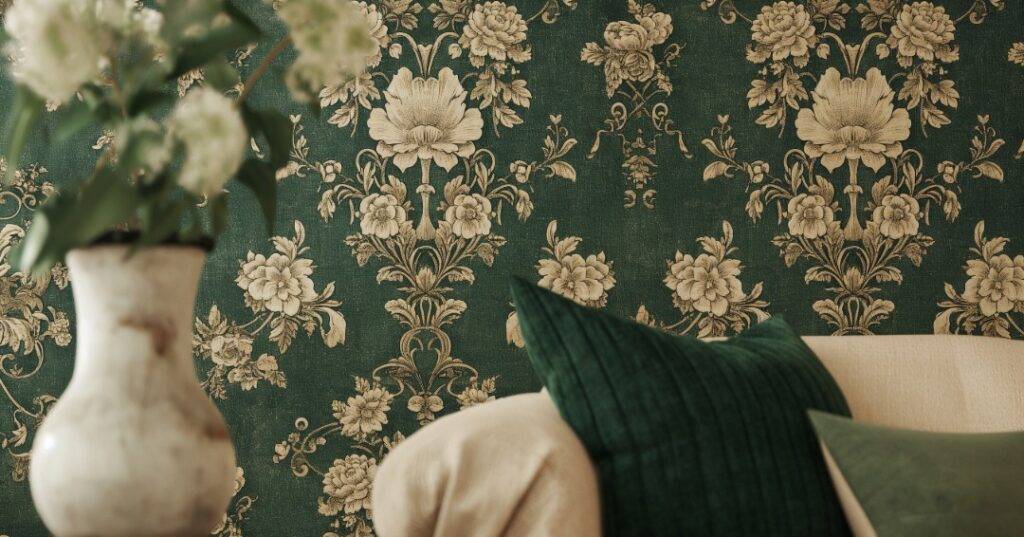
4. Floral and Nature-Inspired Motifs:
Botanical patterns and floral designs are prevalent in wallpapers, textiles, and artwork. These elements reflect the Romantic movement’s reverence for nature and its ability to evoke deep emotional responses.
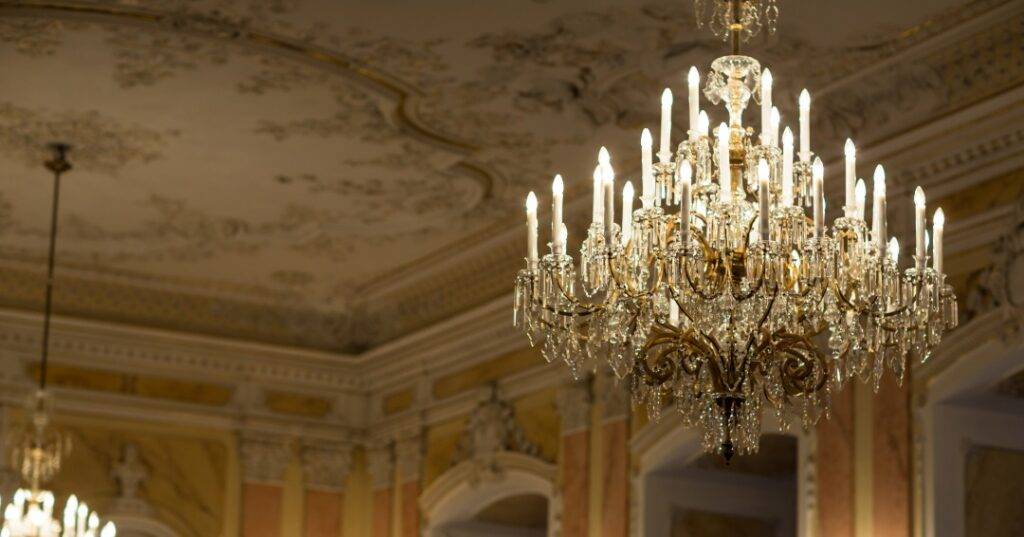
5. Soft Lighting and Candle Accents:
Romantic interiors favor ambient lighting achieved through chandeliers, sconces, and an abundance of candles. The warm glow creates a cozy, intimate setting, perfect for relaxation and reflection.
Historical Context:
Romanticism emerged as a reaction against the Industrial Revolution and the rationalism of the Enlightenment. It emphasized emotion, individualism, and a return to nature. In interior design, this translated to spaces that prioritized comfort, personal expression, and a connection to the past.

The movement saw a resurgence in the mid-20th century, influencing various design styles, including French Provincial and Victorian. Today, elements of Romanticism continue to inspire designers seeking to create spaces that are both elegant and emotionally resonant.
Incorporating Romanticism into Modern Interiors:
To bring the essence of Romanticism into contemporary spaces:
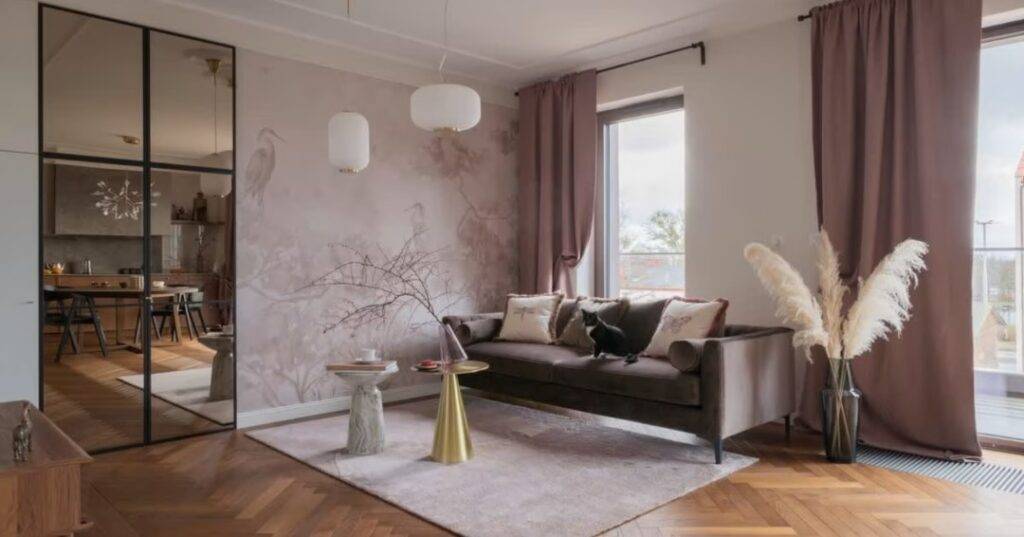
- Embrace Luxurious Textiles: Incorporate velvet cushions, silk curtains, and lace details to add texture and depth.
- Select Antique-Inspired Furniture: Look for pieces with intricate detailing and classic silhouettes to evoke historical charm.
- Add Nature-Inspired Decor: Use floral patterns, botanical prints, and natural materials to connect with the outdoors.
- Utilize Soft Lighting: Implement layered lighting with chandeliers, lamps, and candles to create a warm, intimate setting.
Conclusion:
European Romanticism in interior design offers a timeless approach to creating spaces that are both beautiful and emotionally engaging. By blending soft colors, luxurious fabrics, and nature-inspired elements, one can craft an environment that reflects the elegance and sentimentality of the Romantic era.
Sources:
- “Romantic Interior Design – Nazmiyal Rugs” – Nazmiyal Antique Rugs
- “Interior Design 101: Romantic Style” – LIKHA
- “Romanticism in Interior Design: A Timeless Love Affair” – MK Envision
- “Romanticism in France” – Wikipedia
- “Liberty Leading the People: The Most Important French Painting” – louvreguide
- “Romanticism Style Interior Design Guide” – Algedra

